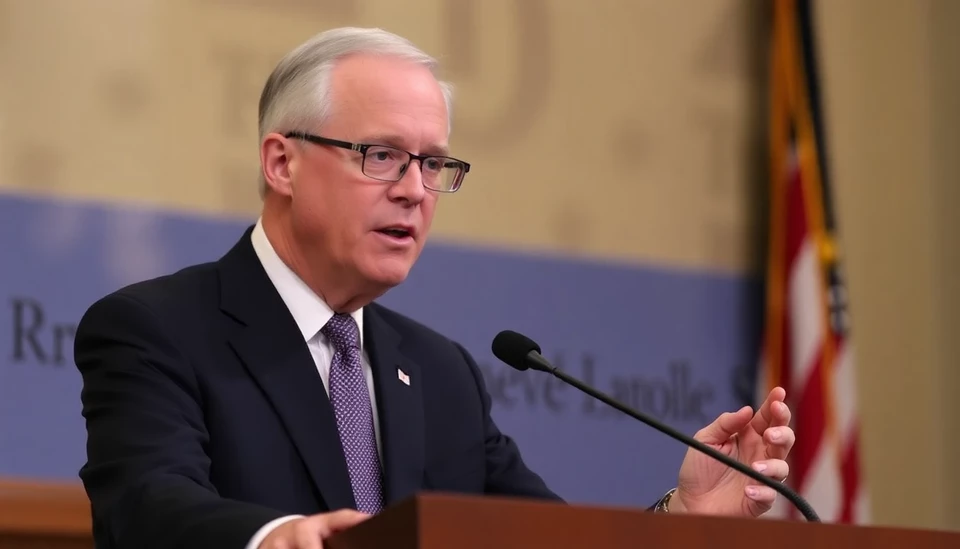
In a significant shift within the labor market, the latest data reveals that job openings in the United States have dropped to their lowest point since the onset of the pandemic in early 2021. This decline, reported by the Labor Department, signals a growing caution among employers and a possible easing of the labor market frenzy that has characterized the post-pandemic recovery phase.
As of September 2024, the number of available job openings fell to approximately 8.5 million, down from around 9.2 million in August. This marked a noticeable retreat in hiring opportunities, representing the steepest decline observed in recent months. In fact, job vacancies decreased notably across multiple sectors, with particular declines in retail, healthcare, and technology. This trend suggests that employers may be reassessing their workforce needs amid shifting economic conditions, including rising costs and tightening financial conditions.
Analysts are interpreting this trend as a potential signal of a cooling economy, where the labor market, which was once a battleground for talent, is starting to stabilize. Experts warn that such a downturn in job openings could lead to a ripple effect throughout the economy, influencing wages, consumer spending, and overall economic growth.
Furthermore, a closer examination of labor turnover data reveals that layoffs are rising slightly, which may be contributing to the lowered job openings. Interestingly, despite the decreasing number of available jobs, ongoing challenges in filling existing vacancies have not disappeared. Many employers are still struggling to find qualified candidates, indicating that while openings are down, the competition for the right talent remains fierce.
This backdrop points to a labor market that is gradually transitioning from an ultra-tight environment to one where adjustment is necessary. The Federal Reserve, which has been on a path of raising interest rates to combat inflation, may find these signals of a softer job market crucial in shaping its future policy decisions. The interplay between job openings, layoffs, and inflation could influence forthcoming moves regarding monetary policy as the central bank seeks to achieve a more balanced economic environment.
As we head into the final months of 2024, it will be essential to monitor these labor trends closely. They could foreshadow broader economic shifts, influencing everything from consumer confidence to corporate investment strategies. The current fluctuations in job openings not only provide insights into local economies but are also a crucial part of the broader tapestry of the US economy’s resilience and recovery from the pandemic era.
In conclusion, the decrease in job openings to levels not seen in over three years may suggest a critical inflection point within the labor market, as both employers and employees navigate this evolving landscape. The implications of these trends will play a vital role in shaping the economic dialogue in the months to come.
#JobMarket #Economy #USJobs #LaborTrends #JobOpenings #Employment #FederalReserve
Author: Laura Mitchell




